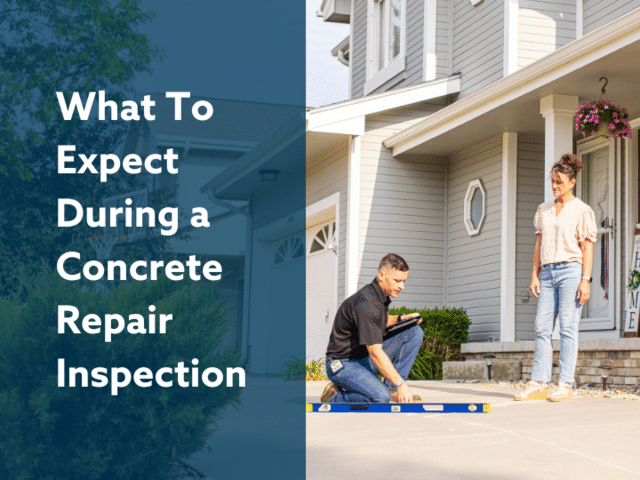Symptoms of Foundation Issues

There are many different physical signs that can help you identify if you have a foundation problem with your home or building. Some of the typical physical symptoms include cracks in the foundation, cracks in interior finishes like drywall, sticking doors and windows, or uneven floors in your home or building. When you see these conditions, it is essential to contact a qualified Kansas City foundation repair specialist to determine the probable cause of the cracking, the general severity and urgency of the problem, and the appropriate course(s) of action.
Different foundation issues include bowing or leaning foundation walls, settling foundations, and heaving foundations. The soil outside and underneath your home or building is the root cause of all foundation problems. Though the soil causes these problems, how these issues are repaired varies depending on what is going on with your home or building.
Bowing or leaning foundation walls are caused by the soil outside of our home or building expanding due to saturated soil. When it rains, the ground takes in the moisture and expands, putting pressure on foundation walls causing damage. Block foundation walls typically will bow in, causing a bulge in the middle of the foundation wall.
Typically, you will see horizontal and stair-step cracking with bowing foundation walls. Poured foundation walls typically lean in towards the basement.
The top of the foundation wall will tip inwards, causing separation from the sill plate. Another typical sign is vertical cracking that appears at the corner of foundation walls.
Foundations settle due to the soil underneath the foundation footings becoming oversaturated by water or because the ground becomes dry and shrinks. Settling block foundation walls will have stair-stepped foundation cracks and show separation between the foundation and the sill plate. Often, settling foundations will cause the most significant damages in homes and buildings.
Heaving foundations or concrete slabs are caused by soil that becomes oversaturated. It expands and is pushed upward on foundation footings and concrete slabs. The first signs of heave are often found in the basement. The expanding soil can push upwards on the concrete slab, which pushes upwards on framed basement walls. This can cause damage to the upper levels of the home as well.
Another foundation issue that some homeowners and building owners may experience is that foundations have collapsed. The material used for the foundation is disintegrating and no longer able to adequately support the structure. Collapsed foundations are often due to not fixing a foundation problem quickly enough.
Also, some foundations are losing strength and the ability to adequately support the home or building because the materials used to build the foundation are disintegrating. Building materials like brick and mortar and limestone are often examples of foundations that may be experiencing issues due to the disintegrating foundation. Depending on the severity of the case, the repairs for these foundations can be more costly and invasive. Also, the proper solution to fix these foundations is highly dependent on the severity of the issue.
Most homeowners and building owners want to repair the cosmetic issues that are a result of foundation issues. To ensure the cosmetic problems are corrected permanently, you must restore the foundation first. Foundation issues are what have caused damages to the cosmetics of the home or building. And these issues must be addressed for the cosmetic problems not to return. It is crucial to fix the foundation issue. And it is also essential to choose the right contractor who will employ the right solution to permanently repair your foundation.
Below are the most common signs that tell you to let you know you may have a foundation issue.
Exterior Cracking and Separations
- Diagonal cracking at corners of doors and windows
- Cracks in the exposed grade beam foundation wall or basement wall
- Cracks in exterior masonry/brick walls and mortar joints
- Vertical and lateral cracks or gaps in attached concrete slabs (sidewalks, patios or driveways)
- Gaps between exterior trim and vertical walls
- Gaps between chimney and exterior walls
Interior Cracking
- Cracks at corners of door and window openings
- Cracks in ceilings and hallways
- Cracks in concrete floor slabs (basement) or floor areas with stone tile
Gaps Between Walls and Openings
- Gaps between baseboard trim and floor coverings
- Gaps between the fireplace and interior walls
- Gabs between soffit/ceiling and cabinets
Operation of Doors and Windows
- Difficulty opening and closing doors and windows
- Cabinet or cupboard doors not fitting properly
Miscellaneous Impacts
- Sloping floors and countertops
- Damaged or impinged sub-slab piping (water and sewer)
- Damage to water lines or gas lines entering through the foundation walls
Article Categories:



